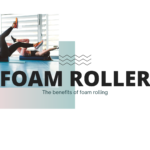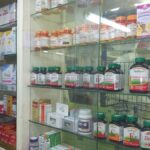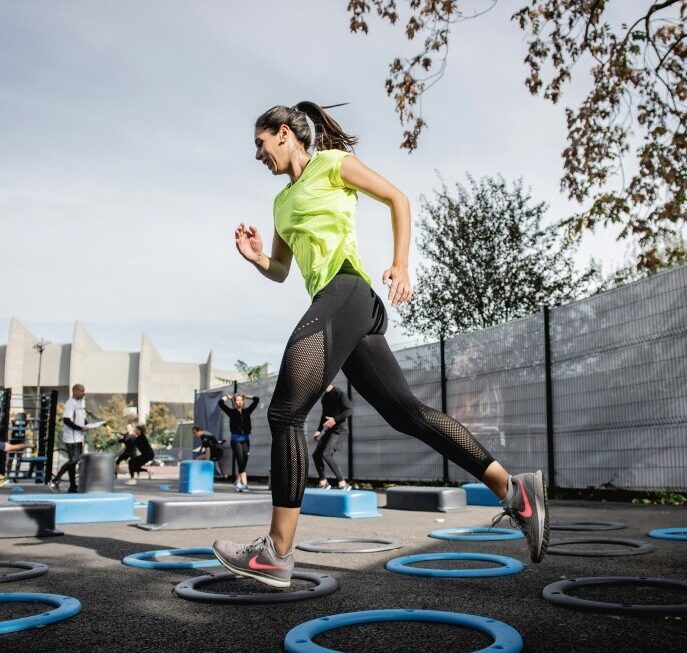
Muscles are essential for just about everything you do—walking, lifting, even breathing. As you age, understanding how these muscles change is crucial to maintaining your health. The body, with its complex orchestra of systems, sees muscles as key players in a healthy performance.
Aging tends to slow everything down a bit, and that includes muscle fibers. These fibers become less dense, and the cell regeneration process doesn’t work quite as efficiently. Younger muscles repair and grow faster, thanks to a robust process of protein synthesis that just isn’t as quick in older muscles.
Sarcopenia, or the age-related loss of muscle mass and strength; sneaks up on you in your 30s onwards, becoming more obvious past 60. It’s not a rare thing , affecting a good chunk of the older population. This condition makes climbing stairs or carrying groceries feel like climbing Everest.
The natural decline in muscle mass isn’t just due to our biological clocks. Hormones like testosterone and growth hormone, which promote muscle growth, drop as we age. But hey, it’s also about your genes and habits over the years. Some of you might be genetically blessed, while others need to work a bit harder.
When considering muscle changes, yes, lifestyle is huge, but we can’t ignore our biology. Muscle loss starts with the things we can see but really, it comes down to the unseen—cellular processes, hormonal fluctuations, and structural changes.
The more we understand muscle changes, the more prepared we can be to face them head-on. It’s not just about accepting these changes but figuring out how to minimize their impact and stay strong as long as possible.
Lifestyle Factors Influencing Muscle Mass Loss
Keeping those muscles strong requires more than just intention—it’s about what you do consistently over time. Nutrition and exercise are at the heart of muscle health, and both need to be on point if you want to hang on to that muscle mass.
Good nutrition isn’t just about eating enough; it’s about eating smart. Protein is the muscle’s best friend. Lean meats, eggs, beans—pick your favorite protein sources, and make sure they’re in your diet regularly. Without enough protein, muscles don’t get the building blocks they need to repair and grow.
Exercise is another major player. When you’re young, you might get away with less activity and still maintain muscle, but as you age, staying active becomes non-negotiable. Resistance and strength training exercises are particularly critical. These don’t just maintain muscle—they can even build it up if you’re doing it right.
The lazy life might seem appealing on a Sunday, but too much sedentary behavior is a fast track to muscle loss. Try to break up long periods of sitting with small bursts of activity. Every little bit helps.
Let’s talk about sleep. We all need it, our muscles included. Without enough rest, your muscles don’t get the chance to repair and recover fully. It’s in those sleeping hours that a lot of muscle maintenance happens, so aim for a solid night of shut-eye.
Stress, too, can be a sneaky thief of muscle health. Chronic stress elevates cortisol levels, leading to unwanted muscle breakdown over time. Consider strategies like meditation or yoga to keep stress in check.
Balancing life means more than juggling work and play—it’s about balancing what you put into your body and how you treat it. By paying attention to these lifestyle factors, you can not only slow muscle loss but enhance overall well-being.
Effective Strategies for Mitigating Muscle Mass Decline
Building muscles isn’t just a young person’s game, and there’s a lot you can do at any age to keep your muscles robust. Start with resistance training. This could mean lifting weights or using resistance bands. What’s important is challenging your muscles, but remember to start light and increase gradually.
- Don’t overlook the power of protein. As we discussed earlier, your diet should be rich in lean proteins, but if you’re finding it tricky to get enough through food alone, protein supplements can be handy. Whey protein shakes or other supplements can help make up for what’s missing from your meals.
- There are also some exciting new approaches in the world of muscle maintenance. Some people are turning to therapies like creatine supplementation or beta-alanine to preserve muscle mass and even enhance muscle function. These aren’t magic bullets, but they can be a decent assist when combined with a good diet and exercise plan.
- It’s crucial to stay active in everyday life—not just carve out gym time, though that’s important too. Consider habits that keep you moving consistently, like walking instead of driving when possible or taking the stairs.
Hearing from others who’ve done it can make a world of difference. There are countless stories of those who, even into their 70s and 80s, keep fit and strong through persistent effort and smart choices. Real-life inspiration can act as a potent motivator.
The Future of Preventing Muscle Wastage
The world of muscle health is getting a tech makeover, and it’s changing the game for folks of all ages. Researchers are continually finding new ways to understand and combat muscle mass loss, and these innovations offer some exciting possibilities.
Emerging technologies, like wearable devices, are giving us tools to measure physical activity and muscle health more precisely. These gadgets can keep you aware of how much—or how little—you’re moving every day, acting as a gentle nudge to keep you on track.
Science is pushing boundaries with things like gene therapies and other biological interventions. While still on the horizon for most of us, these could provide groundbreaking ways to directly target the mechanisms behind muscle decline.
Communities are waking up to the importance of muscle health, sparking initiatives and support networks. These create an environment where people can share advice, experiences, and even resources to maintain muscle health collectively.
Organizations and even city planners are thinking ahead, creating spaces that encourage physical activity at every age. Plus, the use of AI in fitness—like personalized training apps—is starting to tailor exercise regimens to individual needs, making staying active more accessible and effective.
Looking ahead, the potential for a healthier, more active aging process is promising. With the help of both modern science and good old-fashioned dedication to living well, we can anticipate longer lifespans with muscles that support every adventure along the way.











